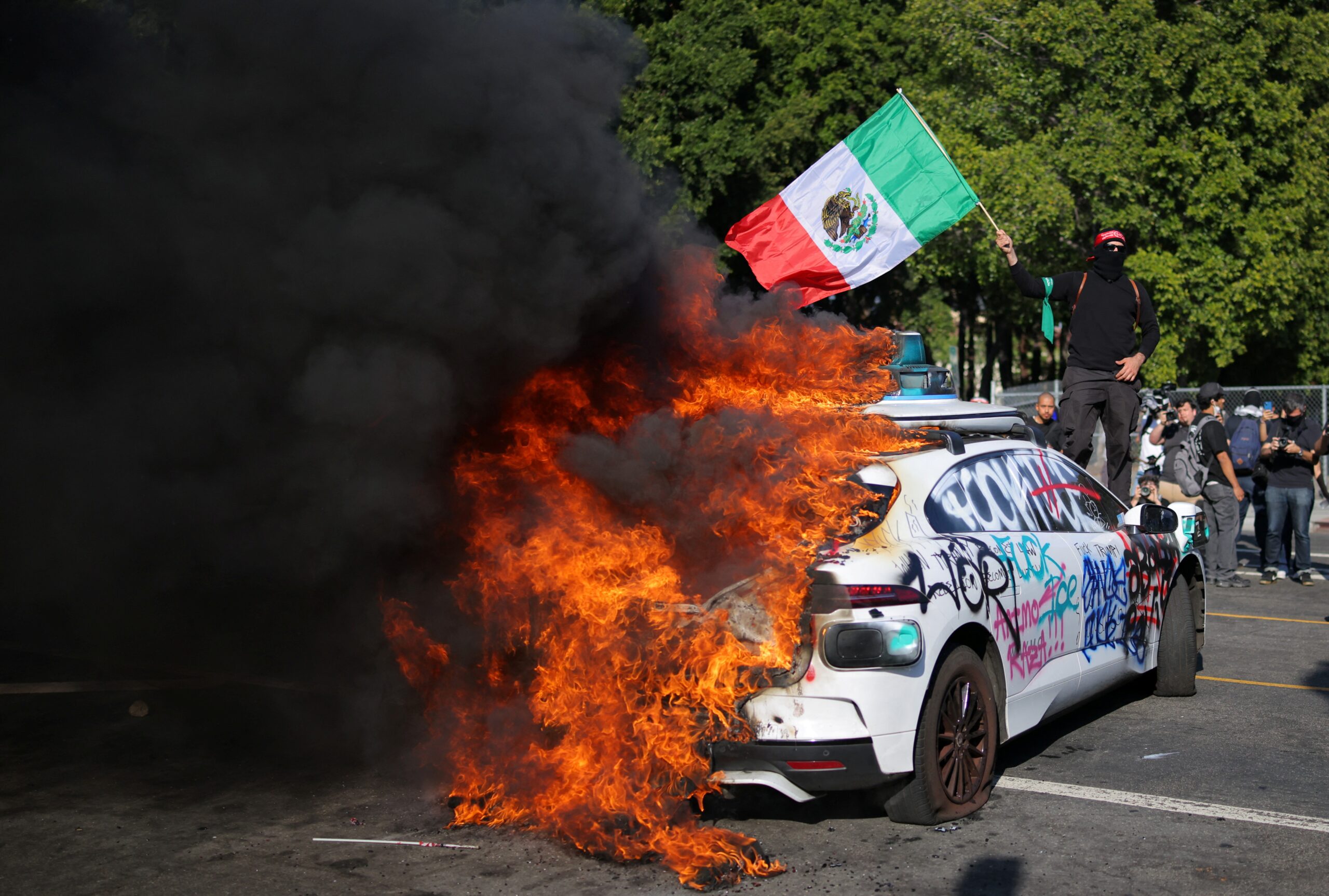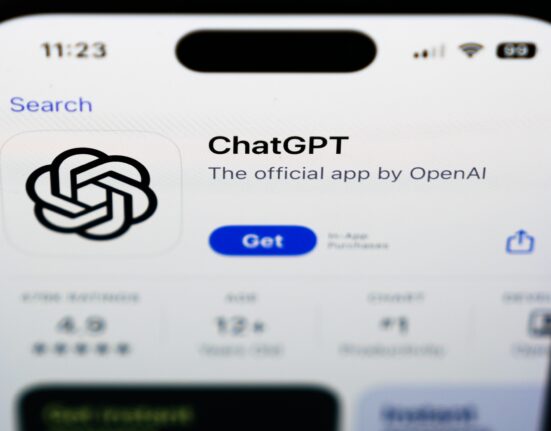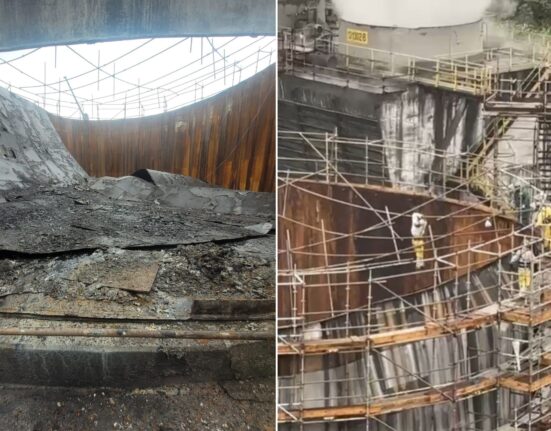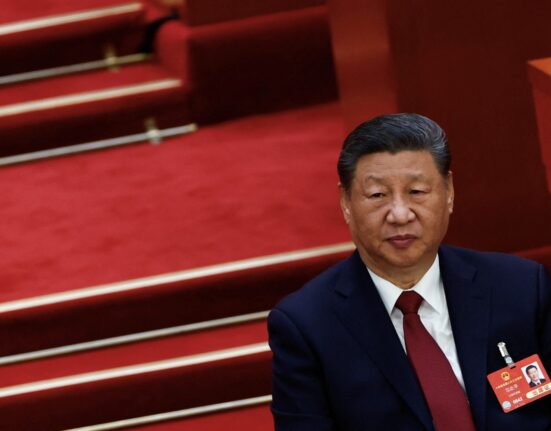Amidst the chaos and tension of the protests in Los Angeles, a photographer from the conservative tabloid New York Post found himself in the line of fire. As he documented the unfolding events, a rubber bullet struck him in the head, adding another layer of intensity to the already volatile situation.
The protests in Los Angeles erupted in response to the immigration policies of President Donald Trump, sparking outrage and demonstrations throughout the city. The presence of the National Guard, deployed by Trump, further escalated the tensions, particularly in a city with a significant Latino population.
One incident during the protests captured the world’s attention when an Australian reporter, Lauren Tomasi, was hit by a rubber bullet while reporting live for “9news.” The chilling moment, caught on camera, underscored the risks journalists face while covering such events. Despite the dangers, Tomasi and her cameraman remained resolute in their mission to provide vital information to the public.
“This incident serves as a stark reminder of the inherent dangers journalists face on the front lines of protests, highlighting the crucial role they play in delivering essential information,” emphasized the Australian news outlet.
As the protests unfolded, clashes between demonstrators and law enforcement intensified, resulting in arrests and instances of violence. Hooded individuals set cars ablaze, prompting a swift and forceful response from security forces utilizing tear gas and rubber bullets to disperse the crowds.
President Trump’s staunch stance on restoring order and cracking down on what he deemed as “violent mobs” added fuel to the already raging fire. His decision to deploy federal forces, including the National Guard, drew sharp criticism from Governor Gavin Newsom, who condemned the move as an abuse of power designed to stoke further conflict.
The dynamics of the protests in Los Angeles mirrored a broader trend of civil unrest sweeping across the country. Trump’s use of federal forces and his rhetoric surrounding law and order ignited debates on the limits of presidential authority and the implications for civil liberties.
“The clash between federal and state powers, as seen in the mobilization of the National Guard, raises fundamental questions about the balance of authority and the protection of individual rights,” noted legal experts.
Historically, the mobilization of federal troops in response to civil unrest has been a delicate and contentious issue. Presidents have invoked laws such as the Insurrection Act to quell disturbances, with varying degrees of success and controversy. The use of military forces on American soil evokes memories of past conflicts and raises concerns about the militarization of law enforcement.
“The deployment of troops in civil unrest scenarios has deep-rooted implications for democracy and the rule of law, highlighting the complex interplay between security and individual freedoms,” reflected historians.
The ongoing protests in Los Angeles serve as a microcosm of the larger societal tensions and divisions gripping the nation. The clash between competing interests and ideologies underscores the need for dialogue, understanding, and a commitment to addressing the underlying issues driving dissent.
In the aftermath of the protests, as Los Angeles grapples with the aftermath of the demonstrations and the broader implications of federal intervention, the city stands at a crossroads. The resilience of its communities and the resolve of its people to seek justice and equality will shape the path forward in a landscape marked by uncertainty and unrest.









Leave feedback about this